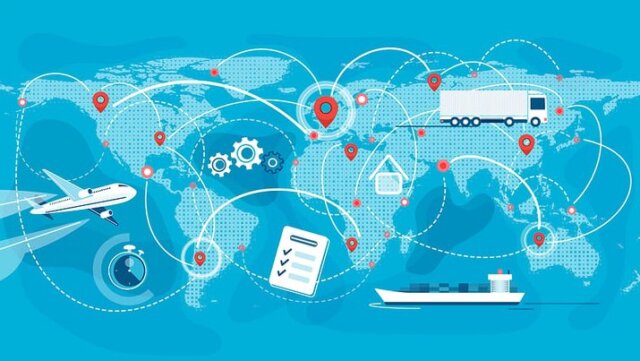
In an increasingly interconnected world, navigating global freight forwarding has become more complex than ever before. This article provides comprehensive insights into the challenges and opportunities in the industry, helping businesses adapt to the evolving landscape and achieve success in the international market.
Global freight forwarding is the process of coordinating and managing the movement of goods across international borders. The industry has experienced significant growth in recent years, driven by factors such as globalization, e-commerce, and technological advancements. Despite these advancements, challenges such as regulatory compliance, geopolitical tensions, and supply chain disruptions continue to shape the landscape.
In the global forwarding industry, the adoption of emerging technologies has proven to be a game-changer. Technologies like artificial intelligence (AI), the Internet of Things (IoT), and blockchain have streamlined operations and improved efficiency.
AI-powered solutions have revolutionized the industry, enabling better decision-making, demand forecasting, and risk management. These tools can analyze vast amounts of data in real-time, helping businesses make more informed decisions and optimize their supply chains.
IoT devices have transformed the tracking and monitoring of shipments, providing real-time visibility and allowing for more effective communication between supply chain partners. IoT solutions can also help monitor and manage environmental factors such as temperature and humidity, ensuring that goods are transported under optimal conditions.
Blockchain technology offers a secure and transparent way to track the movement of goods through the supply chain. This enables better visibility, reduced risk of fraud, and improved trust between supply chain partners.
One of the most significant challenges in global forwarding is navigating the complex web of regulations and compliance requirements. International trade is governed by a multitude of rules, including customs regulations, import/export restrictions, and safety standards.
Customs regulations can vary significantly between countries, and it is crucial for businesses to be well-versed in the specific requirements of their target markets. This includes understanding import and export restrictions, tariffs, and documentation requirements.
Trade agreements can have a significant impact on the movement of goods across borders, affecting factors such as tariffs, quotas, and regulatory alignment. Staying informed about existing and emerging trade agreements is essential for businesses to adapt their strategies and capitalize on new opportunities.
Supply chain disruptions, such as natural disasters, geopolitical tensions, and pandemics, can have far-reaching consequences for global forwarding. To mitigate these risks, businesses must implement robust risk management strategies and build resilience into their supply chains.
Diversifying supply chain partners can help businesses reduce their reliance on specific regions or suppliers, spreading risk and minimizing the impact of disruptions.
Agile supply chain strategies, such as just-in-time (JIT) inventory management and flexible manufacturing, can help businesses adapt more quickly to changing circumstances and reduce the impact of disruptions.
The global freight forwarding industry is evolving rapidly, and businesses must adapt to remain competitive. By staying informed about emerging technologies, navigating regulatory compliance, and implementing strategies to mitigate supply chain disruptions, businesses can succeed in this challenging landscape.